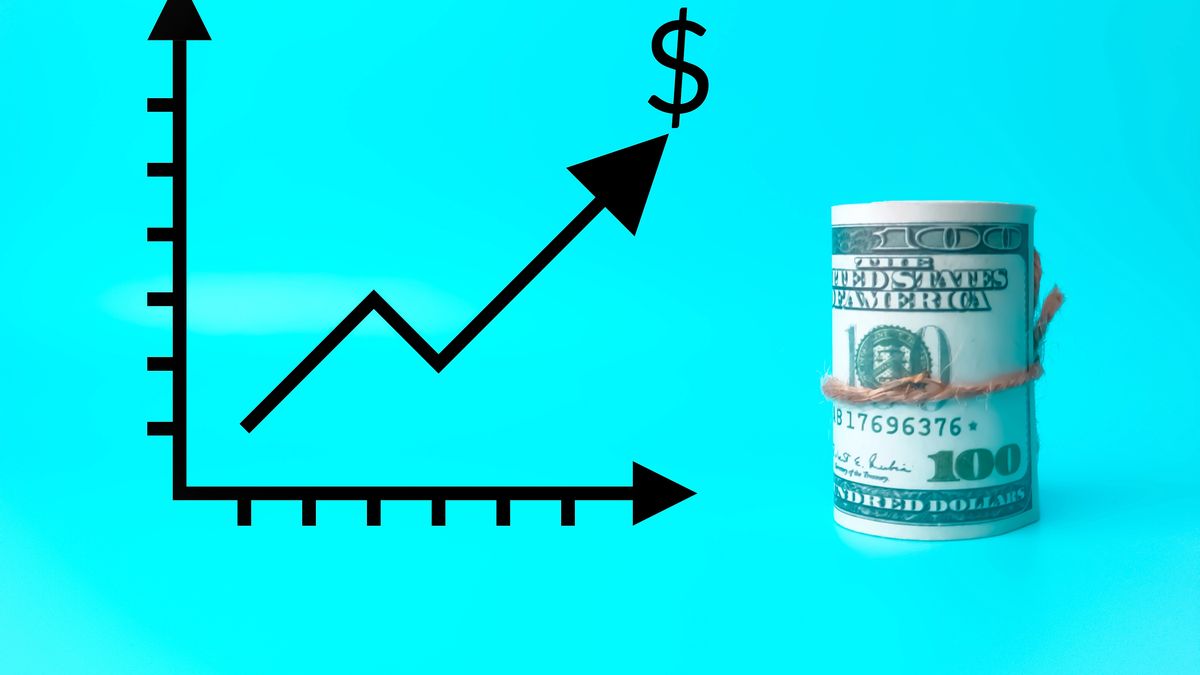We are in dates close to fulfilling a new anniversary of the military coup occurred on March 24, 1976. Not only does it force us to remember our past but also question us in economic terms, because at that time it was applied a exchange scheme very similar to the current one and that ended very badly. Therefore, reviewing that experience of the past can alert us about what could happen in the future. Let’s look at this carefully.
When the military coup occurred, the inflation rate was very high, with hyperinflation values. Even the Minister of Economy of the dictatorship, José Alfredo Martínez de Hoz, as Javier Milei would do when assuming, came to say that of acting quickly an inflation of 17,000 percent could occur.
Martínez de Hoz to control inflation tested everything: he released key variables from the economy, controlled and made salaries fall strong, applied a “price truce”, made monetary tights, raised interest rates, opened the economy, cut the public spending a lot, induced recessions and others. But nothing worked. The first years were very bad in terms of inflation, where for the end of 1978 the levels were still high and did not seem that they could descend. The retail inflation of 1976 was 444%, that of 1977 of 176%and that of 1978 of 178%.
When in the second half of 1978 the so -called “Second Presidency of Videla” began and declared “the victory over subversion”, it was established as a central objective that inflation had to lower at least two -digit values for March 1981, at which time President Videla would be replaced by another military.
Beyond these changes, Martínez de Hoz had to continue with the maximum mandate that there would be no unemployment, since the military said that “all unemployed is a powerful guerrilla.”
Thus, at the end of 1978 the famous “exchange tab” was launched, which was a scheme of pre -announced periodic devaluations.
In Acts La Tabita began to perform her devaluations, but she always did it far behind the inflation rate, so it worked as an anti-inflationary anchor. Something very similar to Milei’s current scheme and in which both programs generate an increasingly backward exchange rate.
La Tabita did not work as anticipated during the first 9 months for three major causes: fear in front of the virtual war with Chile (which filled the market with uncertainty, overheating prices), the international oil shock of March 1979 and the shooting of the price of the meat. However, since September 1979 inflation, both the wholesaler and the retailer, began to fall every month.
Thus, inflation slowed for a year systematically. In addition, economic activity was recovered at 10% in 1979 and unemployment (central mandate of the Military Board) was 2%. In the end, there was also a palpable salary recovery.
The economic team was exultant with these results.
However, despite what seemed momentary successes, various problems were accumulating that became exacerbated over time.
The exchange delay was the most palpable of all. This made thousands of local businesses break and also generated an onerous loss of profitability for the field. Since the second semester of 1979 the balance of goods became negative there was an avalanche of imports product of the increasingly aggressive economic opening, which generated the largest commercial deficit in history until then. On the other hand, with the cheap dollar, tourist trips were encouraged abroad, which was another currency -sensitive channel after the famous “give me two” and the so -called “sweet silver.”
To all this, we must add the drought of that year, also that in the first half of 1980 there was the terrible bank crisis (with strong runs) that caused many banks and financial to break, as well as the aggressive rise of interest rates of the Federal Reserve in the United States. But the worst would happen since September 1980 when the presidential replacement was arranged by which in March 1981 it was agreed that Videla was replaced by viola. This altered everything even more, hitting the expectations, Pilar of the program.
It all started to go worse. The dollar was increasingly behind, a huge commercial deficit accumulated, tourist trips proliferated abroad, the opening was radicalized more in order to discipline prices, companies melted and the government ceased to have ease to borrow and finance all this scheme.
When it began to notice that the board was increasingly unsustainable and that there would be (inevitably) a sharp exchange correction, anticipating a strong devaluation, the speculative attacks were agigated.
The famous “Financial bicycle” (el Carry Trade) At that time he was running out of his pedals. Therefore, perhaps the hardest thing of all has been the strong disarmament of positions in pesos to move on to dollars that occurred.
It is that Martínez de Hoz had been encouraging speculative policies, with high international interest rates that favored the entry of abroad capitals. But now the times had changed. The capitals no longer entered, but they devated themselves for going out to a dollar still cheap, anticipating a nearby devaluation.
In this way, the capitals and bank deposits accelerated their escape since September 1980 and the reserves of the Central Bank began to fall. They would be six consecutive months of collapse of these variables taking the entire economy to one end.
Martínez de Hoz was desperate, because he had no way out of the board without devaluing and without destroying his anti-inflationary program. But if he did not devalue he was close to being without reservations since everything exploded. The situation became dramatic.
Thus, at the end of December 1980, the Tablica was finished and in January it was replaced by a system of exchange bands, which did not work much.
Already in February a 10% devaluation was performed to decompress the exchange tension, but that did not brought calm but exacerbated stock marketing.
When in March Martínez de Hoz had his replacement, Lorenzo Sigaut, This could not control the currency and there was since then a chaotic succession of devaluations that continued to sink the economy, fired inflation and submerged everything in even greater chaos.
The final result of the tab was to rekindle the devaluation rate and accelerate inflation. The commercial balance was catastrophic, damaging the industry, the salary, the field, to the banking system and increasing the debt. Thus poverty increased and in a few months viola would suffer an internal blow that would strip him of power when the situation was so terrible.
Hopefully Milei learn from the lessons of the past and that your exchange scheme does not end the same.
Economist. CONICET researcher. Author of the book Martínez de Hoz. The civil chief of the dictatorship. Continent editions.
Source: Ambito
David William is a talented author who has made a name for himself in the world of writing. He is a professional author who writes on a wide range of topics, from general interest to opinion news. David is currently working as a writer at 24 hours worlds where he brings his unique perspective and in-depth research to his articles, making them both informative and engaging.




